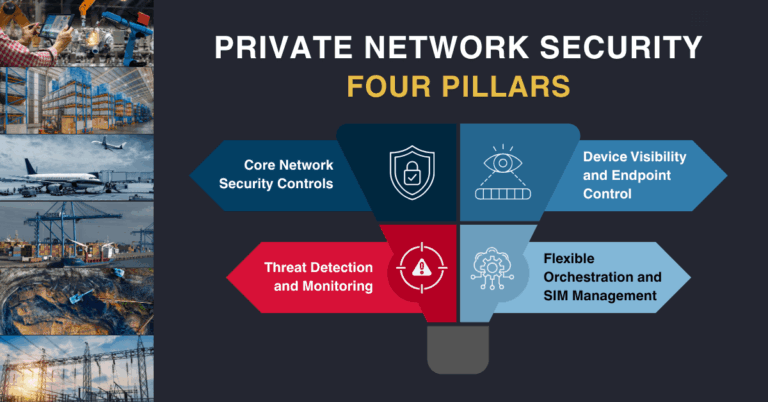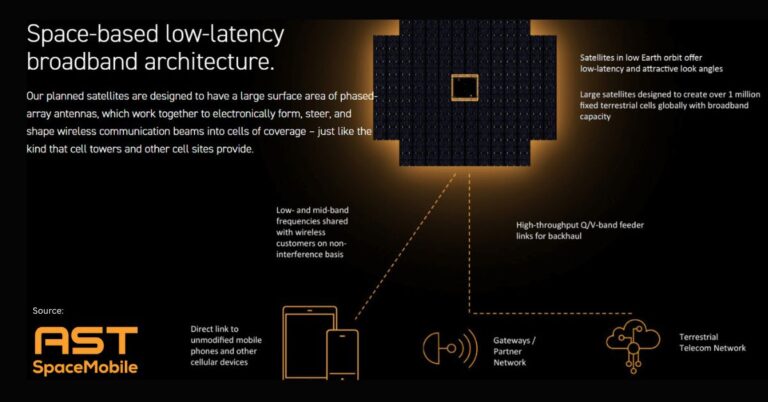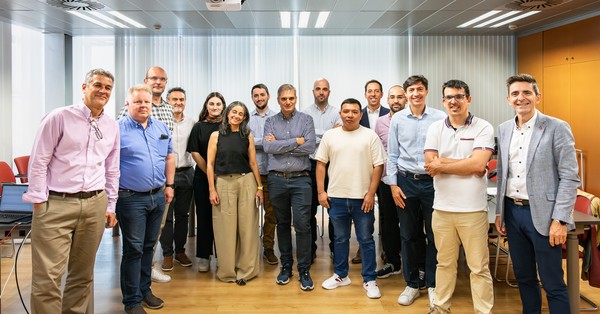OneWeb, a company specializing in low Earth orbit satellite communications, and Orange S.A., a leading telecommunications operator, have announced a distribution agreement to expand connectivity services in various regions of the world, including Europe, Africa, and Latin America.
The partnership is aimed at offering enhanced connectivity to enterprise customers and telco operators in remote areas that were previously unreachable with an improved latency. Orange will integrate OneWeb’s LEO technology to complement its existing services and provide access to areas that were hard to reach. This announcement coincides with governments worldwide prioritizing the development of digital infrastructure networks post-COVID.
OneWeb’s high-quality and low-latency end-user service experience is expected to enhance user satisfaction and enable new applications and over-the-top services. Additionally, this partnership is expected to offer other benefits such as increased resiliency and geographical reach for enterprise solutions and backhauling in remote locations across Europe, Latin America, Africa, and beyond. Orange will leverage OneWeb’s technology to provide a range of multi-orbital solutions that complement its forty years of experience in satellite connectivity, benefiting small, medium, and large enterprises, telco operators, and internet service providers.
According to Neil Masterson, OneWeb’s Chief Executive Officer, the partnership is an exciting development that will contribute to improving and expanding global connectivity. He believes that the combination of Orange’s market-leading position across several continents and OneWeb’s unique network and LEO technology will help bridge digital divides and provide customers in Europe, Latin America, Africa, and other locations across the world with efficient, high-quality, and reliable broadband internet access.
Jean-Louis Le Roux, the Executive Vice President of Orange International Networks Infrastructures & Services, expressed Orange’s belief that satellite technology is a promising and complementary technology that has showcased many recent innovations, which will benefit enterprises worldwide and accelerate the digital inclusion of populations within their African and Middle Eastern subsidiaries. Le Roux added that Orange is delighted to partner with OneWeb as it will enable them to continue deploying high-quality networks in all underserved parts of the world.
Anne-Marie Thiollet, Deputy Executive Vice President Products and Marketing at Orange Business, stated that their customers, ranging from multinational corporations, enterprises, governments to NGOs, will now be able to access OneWeb’s pioneering satellite network. This high-speed and low-latency solution will efficiently complement Orange Business’s existing portfolio and ensure seamless connectivity of their customers’ applications, regardless of location, while maintaining the desired quality of service to meet their business requirements.







































